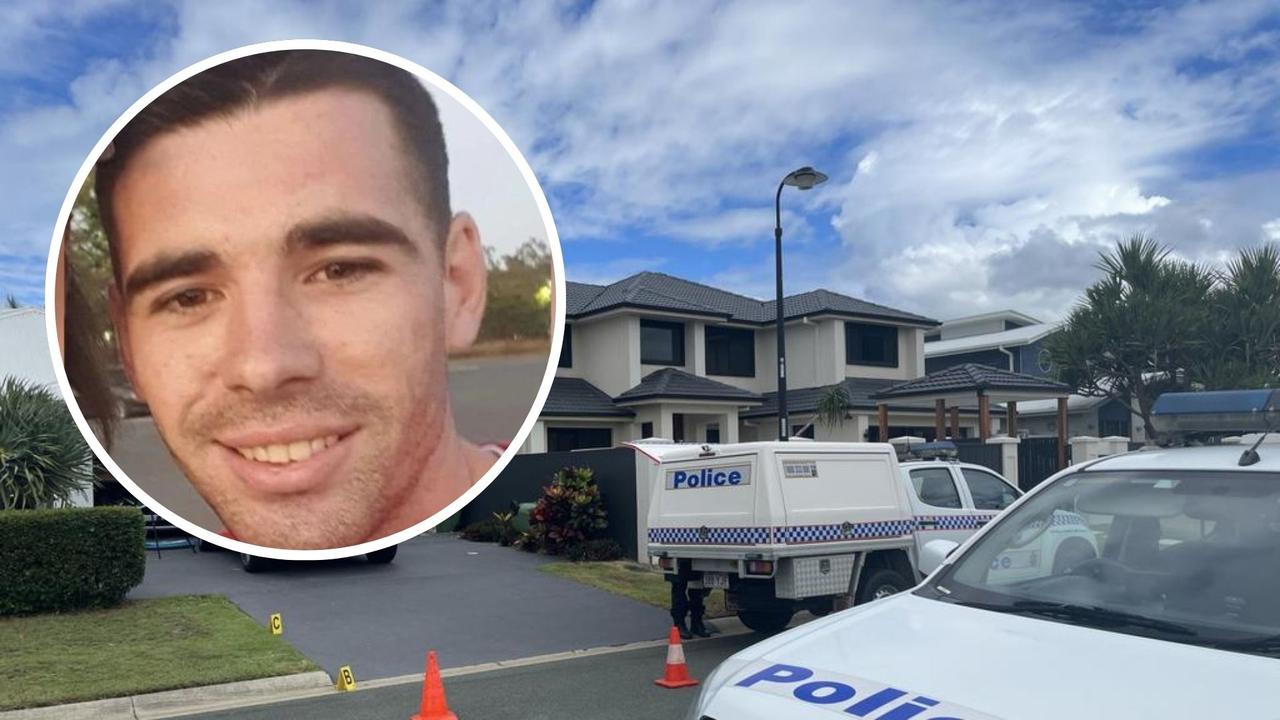Gold Coast City Council budget 2024: Everything you need to know about rates rise, projects
Mayor Tom Tate has handed down the Gold Coast City Council’s $2.5bn budget, with documents revealing the key projects receiving millions in funding.
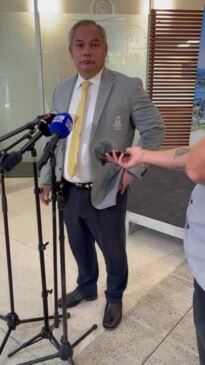
Gold Coast
Don't miss out on the headlines from Gold Coast. Followed categories will be added to My News.
Average householder rates will increase by 4.2 per cent after Gold Coast Mayor Tom Tate handed down a $2.5 billion budget, in the biggest ever council spend.
Mr Tate during his speech which started at 9am at the Evandale Chambers said the 2024-25 budget achieved two key outcomes.
“It addresses cost-of-living pressures that I know many Gold Coasters, and our 78,000 registered businesses, are facing,” he said.
“And it continues to invest record funding in capital works — from pools to roads, park infrastructure, cycleways, community halls, recycling services and water management.
“Importantly, it is a budget that continues to pay down debt — from the estimated $860 million in 2012 down to around $520 million at the end of this financial year.
“This is a truly remarkable achievement when we consider the significant investment successive councils have made in community assets over the past 12 years.”
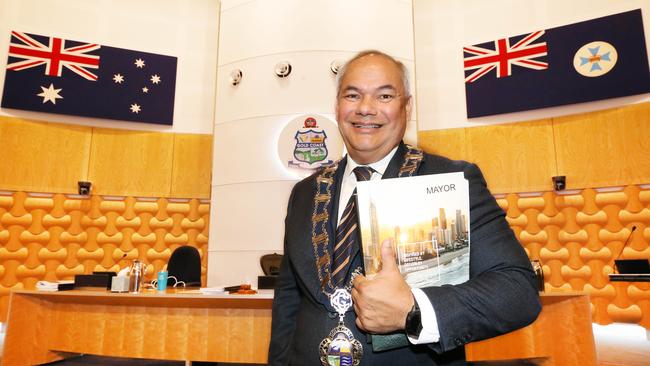
The City in keeping rates below CPI have worked off a cost of living figure of 4.8 per cent — determined by averaging the increases for the region including Brisbane across 12 months.
Projects given special mention include first stage revitalisation of Surfers Paradise with the $10 million mall upgrade along with $14 million Firth Park netball courts at Mudgeeraba.
Light rail has secured $42 million of funding for Stage Three works from Broadbeach to Burleigh — and in a key sign of the project progressing, $14 million for Stage Four “in kind works” as the route extends to the airport.
All councillors in a vote at the Evandale Chamber backed the budget.
Major funding takeaways include:
* average general rates increase for owner occupiers in 2024-25 will be 4.24 per cent — 0.56 per cent below the annual CPI rate of 4.8 per cent.
* the estimated City debt at the end of this current financial year will be $520 million.
* a $749 million spend Core Services — almost one third of our overall budget with $321 million ensuring safe and reliable drinking water, $151 million on waste collection and disposal and $46 million in recycling operations.
* $172 million investment in “lifestyle and community” including $35 million in
sports and aquatic centres, $10 million in City Cleaning services and $17 million for Lifeguard Services. About $32 million is to be invested in libraries.
* record spend on transport of $449 million, spread from Coomera to Coolangatta including $255 million on the road network and $138 million across transport improvements.
* $75 million for tourism management and marketing and $31 million on culture and heritage.
* about $290 million to fund green space and environmental projects. Beaches and waterways receive $35 million.
Cr Tate, discussing rates said: “Council strikes its rates once per year and so we have taken the annual CPI, which is 4.8 per cent, as our benchmark”.
“Many of Councils cost have risen by considerably more than CPI,” he said.
“We are delivering a record CAPEX program and as people would know, costs of building materials in many cases have risen by more than 10 per cent.
“We recently struck our Collective Bargaining Agreement with staff and wages have gone up 5 per cent from 1 July 2024. To bring our rates in at 4.24 per cent on an annual CPI of 4.8 per cent is value for money given cost increases across the board.
“It is a testament to the belt tightening we have implemented across the organisation and is the 13th straight year of keeping rates below CPI.”
Deputy Mayor Donna Gates said the budget was a huge challenge for the newly elected councillors and they had done “incredibly well” with the amount of reading required.
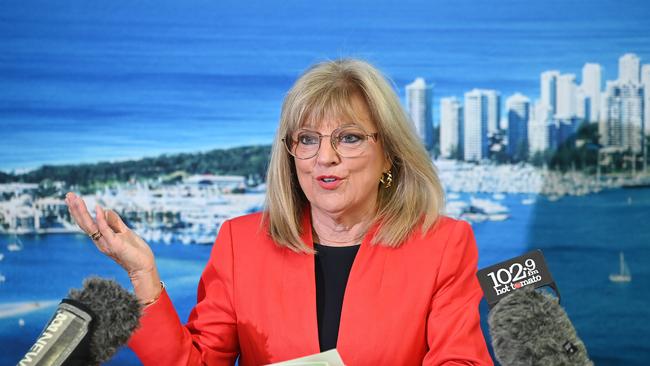
“The Mayor has guided that whole process with his relationship with our CEO (Tim Baker) — together between the Mayor, the CEO and the directors of our City, they’ve put together a program has had incredible support from the council representatives,” she said.
“Everyone has managed to step up and do the work required. The council staff have been incredible in answering all of our questions.
“That’s the biggest part of the budget for representatives — questioning where the funds are going. Every one of us has a desire to see our own areas prosper, but equally we’ve needed to show restraint this year to keep the rates as low as we possibly can because it’s very apparent that people are really feeling the pinch.
“We’ve done our best to protect frontline services and we’ve done our best to ensure that the projects that need to be delivered at this point in time, are delivered.
Mr Tate said the City would continue to prove a 10 per cent pay-on-time discount for ratepayers.
“I understand we are the largest city council in Australia to offer such a generous discount,” he said.
On maintaining low rates, he said: “I don’t think any other council in Queensland has done that.”
WHY COUNCIL’S DEBT COULD BLOW OUT
Gold Coast council debt could blow out to a billion dollars leading up to the 2032 Olympics but Mayor Tom Tate is confident the City can pay it back and benefit from legacy facilities.
The Mayor and councillors have been briefed in the lead-up to Friday’s budget by the City’s “banker”, the Queensland Treasury Corporation (QTC).
They have been told the council rated “strongly financially with a positive outlook”.
QTC senior officers told council: “Your debt is too low compared to your balance sheet. “
The glowing financial report card has Mr Tate and councillors - as the economy confronts a growth period and Coast accommodates a fast increasing population - considering not just transport infrastructure spending.
Mr Tate said the council should consider upgrading the aquatic centre with a roof if the city can host the world swimming championships.
“That would then be Olympic standard. Then the next question is if the aquatic centre is good enough for the world championship, why isn’t it good enough for the Olympics,” he said.
“Why are you building a temporary swimming pool in Brisbane where you are going to fill up the hole back up again.”
Mr Tate said he was supportive of borrowing if there was a long term legacy, but not for operational expenses.
The City’s annual report released with the budget shows total debt is expected to increase by $290 million in 2024-25 - from $520 million in June 2024 to $810 million in June 2025.
The debt takes into account principal repayments of $68 million and new borrowings of $358 million.
“The City is well within industry benchmarks used to measure debt and its impact on financial sustainability,” the report says.
The City’s ability to leverage debt “is comfortably in the target range” for council of this size and for a period covering the next 10 years
“I don’t mind borrowing as long as there is long-term legacy,” Mr Tate said.
The Gold Coast was in a strong financial position to step in and provide more upgraded facilities for the 2032 Olympics if Brisbane hesitates on building new ones, he said.
“My feeling is as we go towards the Olympics - it wouldn’t surprise me if our debt level hits a billion dollars. But there is nothing to be alarmed about. We are more than capable of paying that out,” he said.
“Why they (Brisbane) are looking to build a mega stadium - and they don’t make their decision quick enough - we will be the sleeping Steven Bradbury (speed skater) of the Olympic Games.”
EARLIER
Rates will increase by just more than four per cent and remain under CPI when Gold Coast City Council delivers its budget on Friday.
The City is to keep a lid on rate increases while powering ahead with a record capital works program reaching almost $1 billion.
The package will ensure pet projects like light rail Stage Four to the airport, the Greenheart at Robina and future lyric theatre at HOTA remain alive with funding ensuring business cases to make them “shovel ready”.
Council has achieved low rates — the increase could be as low as 4.2 or 4.3 per cent — on the back of policy reforms by the administration.
“They have been trimming fat and finding savings, and that trend has continued. They put that money into record capital works of more than $950 million,” a council source said.
“The money is in there to progress light rail, the indoor stadium, the lyric theatre, Greenheart and ARRC (green plant in the north).”

Number crunching on what the average rate increase would be continued until late on Wednesday with the aim to remain under the CPI increase, keeping with the recent election promise by Mayor Tom Tate.
The final numbers were being determined after a marathon session where community groups gave presentations to councillors with their wish list of annual funding.

“I think the rate increase will be closer to four than five per cent. They are working off annual CPI of 4.8 per cent, It will be comfortably under that,” a council insider said.
“The average residential rate at a house for your mum and dad will be around 4.2 per cent and 4.3 per cent.”
Councillors who have spent weeks behind closed doors at special budget meetings have been positive about the package, describing it as a “typical post election budget” which addresses council’s core business.
They say it has a “very aggressive roads program” and also provides for improvements of sporting fields and community pools.
“We are not mucking around. We’re getting on with the core business of council,” a councillor said.
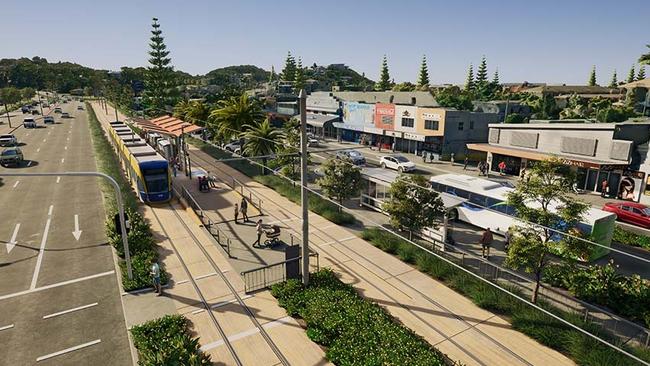
Gold Coast rates last year were increased by 5.5 per cent with the city council putting off a spend on big-ticket items in response to cost-of-living pressures.
The increase in rates for 2023-24 was almost 2 per cent below the Consumer Price Index.
The City approved a 4.3 per cent rate increase for the 2022-23 financial year, the equivalent of about $3.11 a week. The average general rate was $3903.58 — up from $3742.
The 2023-24 rate rise saw about $200 added to the average rate bill.
Mr Tate, beginning a record fourth term in office after the March poll win, told councillors he had mandate to progress several projects.
These big ticket items include:
• Light Rail Stage 4 – estimated $4.4 billion to $7.6 billion for three levels of government – so as “to improve transport efficiency and connectivity across the city”.
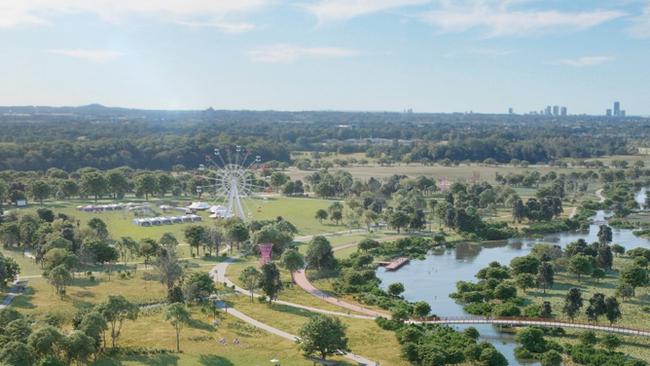
• Establishing a waste to energy facility (ARRC) to enhance recycling, stop the need for landfill.
• Continuing the development of HOTA, including a $240 million Lyric Theatre.
• Progressing the Greenheart parklands precinct – $30 million from all government tiers.
• An indoor stadium and “positioning ourselves as a great events city”.
He promised the June budget would focus on low rates and value for money.
Originally published as Gold Coast City Council budget 2024: Everything you need to know about rates rise, projects


